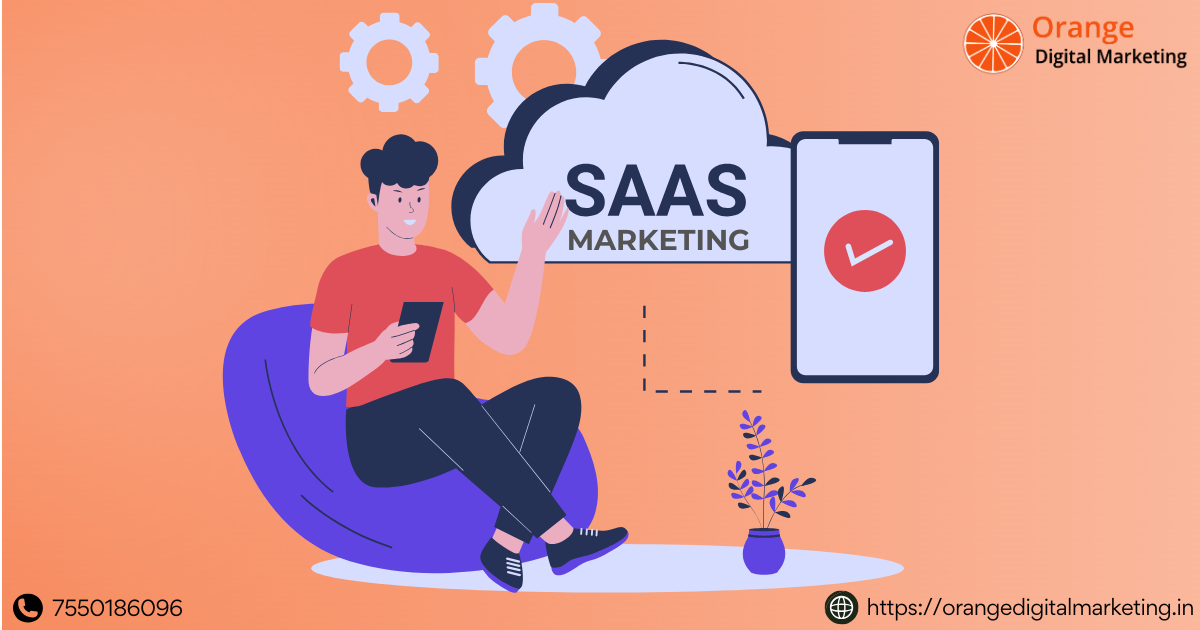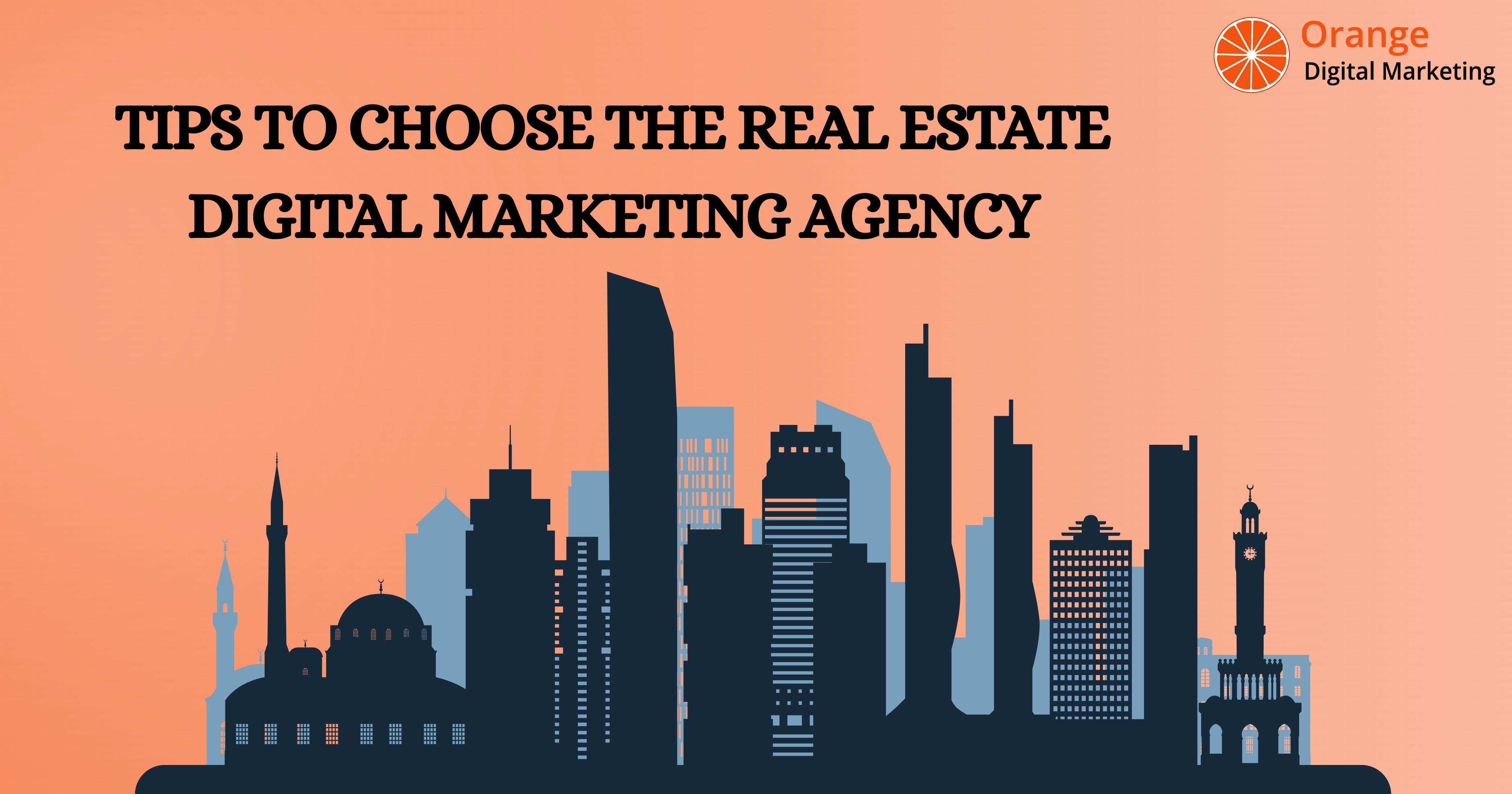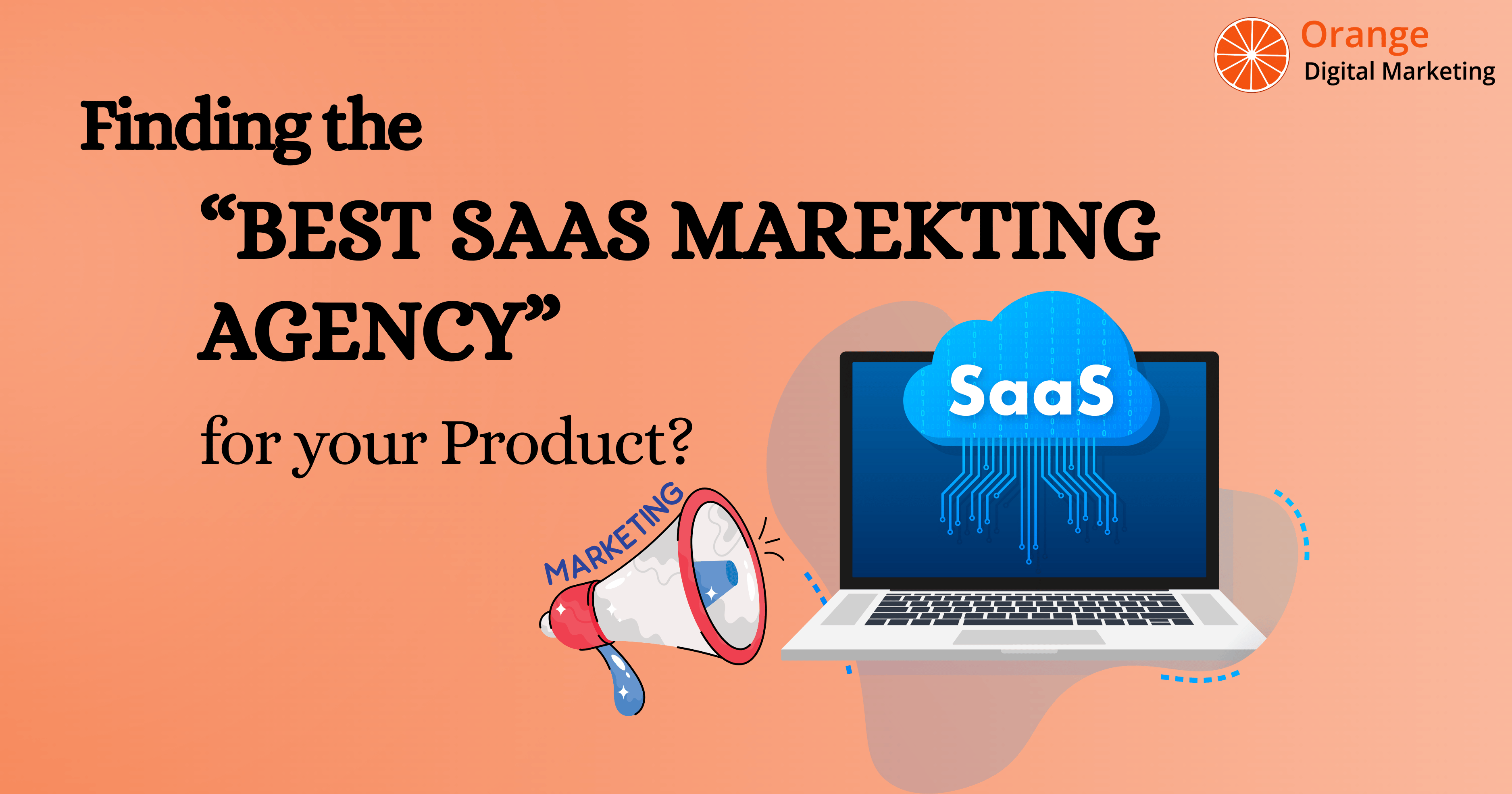Software as a service, or SaaS, was first introduced in the 90s. It's come a long way since then and is now a massive part of our daily lives. Almost everyone has used a couple of SaaS products without even realising it. A few popular SaaS products in the market include Dropbox, Slack and Zoom, which have over a million users worldwide. For SaaS businesses, though, things can get competitive. The market is saturated with products offering every service conceivable from management tools to design services and hotel booking services. That's why SaaS businesses must prioritise marketing. It helps them stand out, attract new users, and, just as importantly, keep them coming back. Without a strong SaaS digital marketing plan, even the best products risk getting lost in the crowd.
In this article, we'll break down the basics of SaaS marketing, walk through some popular strategies, and wrap up with a few frequently asked questions. Whether you're just starting or want a refresher, there's something here for you. Let's dive in!
What is SaaS Marketing?
SaaS marketing is the process of promoting and selling software products that are delivered online through a subscription model. Unlike traditional software, which is bought once and installed, SaaS (Software as a Service) is accessed through the cloud, and users typically pay monthly or annually to use it. Well-known SaaS products include tools like AWS, Jira, and Adobe Photoshop. Because users don't make a one-time purchase, Software as a Service marketing focuses not only on attracting new customers but also on retaining them in the long term. SaaS marketing agencies primarily focus on digital channels, using techniques like content marketing, SEO, email campaigns, paid advertising, and social media, to reach their target audience. A common strategy they use is to offer free trials, allowing potential users to experience the product before deciding to pay. These tactics help SaaS companies onboard and educate users, enabling them to maximise the value of the product.
However, if these tactics aren't delivering results, continuing them serves little purpose—so it's essential to track performance metrics. Performance in SaaS digital marketing is track performance using metrics like churn rate, customer acquisition cost (CAC), and lifetime value (LTV). Software as a Service marketing is often used to build trust and demonstrate value.
How SaaS Marketing is Different from Traditional Marketing?
While traditional marketing is used to sell physical products and services like hair salons, apartments and food, SaaS marketing is used to sell something that operates entirely in the digital world. Once the customer makes a purchase in traditional marketing, the transaction is complete. But in Software as a Service marketing, the goal is not just to make a sale—it's to build a long-term relationship. Since SaaS operates on a subscription model, companies must keep customers happy and engaged to ensure they continue renewing their plans.
Another big difference is that SaaS products are digital and often intangible. That means SaaS marketing agencies can't rely on physical packaging, store displays, or in-person sales. Instead, they focus on digital channels, such as content marketing, free trials, Search Engine Optimization (SEO), and email campaigns, to educate and attract users online.
Software as a Service marketing is also much more data-driven. Additionally, onboarding and customer success are part of the SaaS marketing agencies, whereas, in conventional businesses, these tasks usually fall outside the marketing team's purview.
Top 5 Strategies of SaaS Marketing Agency that Drives Growth
1. Free Trials or Freemium Models
Offering a free trial or freemium version is one of the most effective SaaS marketing strategies. It allows users to experience the product first hand without any commitment. Free trials are usually time-limited (like 7 or 14 days), while freemium models provide basic features for free, with paid plans offering advanced tools. This approach builds trust and helps reduce friction in the decision-making process.
Users are more likely to upgrade once they see value in the product. The key to success here is providing a smooth onboarding experience during the trial period so users quickly understand how the product solves their problems. Many successful SaaS companies, such as Dropbox and Notion, began with this model. It's also a great way to gather feedback, understand user behaviour, and fine-tune your product before pushing for paid conversions. When executed well, this strategy converts curious visitors into loyal, paying customers.
2. Content Marketing
Content marketing plays a central role in SaaS, as it helps educate potential users, build trust, and enhance search engine visibility. This includes blogs, videos, whitepapers, tutorials, webinars, and case studies. Since many SaaS products solve complex problems, content can be used to explain features, share use cases, and show how the product fits into real workflows. Good content also positions the company as a thought leader in its niche, building credibility over time.
For example, SEO-focused blog posts can attract traffic from users actively searching for solutions, while guides and comparison articles can help users make informed decisions. Repurposing content across platforms (e.g., turning a blog into a video or infographic) increases reach. Most importantly, content should provide value—not just promote the product. When done consistently, content marketing helps SaaS brands attract leads organically, nurture them, and turn them into customers over time.
3. Email Marketing & Automation
Email marketing is a powerful tool in SaaS for guiding users through the customer journey. It's used to welcome new users, help them onboard, promote features, share updates, and re-engage inactive accounts. Automation takes this a step further by sending targeted messages based on user behaviour—like reminding someone to complete setup or suggesting features they haven't tried.
For trial users, email is essential for guiding them toward conversion. A well-timed email during a free trial can highlight a key feature, answer a common question, or offer a discount to upgrade. Email is also an excellent channel for educating customers post-purchase, increasing satisfaction and reducing churn.
SaaS companies often use tools like Mailchimp, HubSpot, or Customer.io to manage email campaigns. Segmentation, personalisation, and clear calls to action are essential for making email marketing effective. When done right, email turns sign-ups into active users and keeps paying customers engaged and loyal.
From Digital Strategy to Success Start your Business with Orange Digital Marketing
4. Referral Programs
Referral programs encourage satisfied customers to promote your product in exchange for rewards. This can be a powerful way to grow a user base, especially for SaaS companies with strong product-market fit. Dropbox is a famous example—they grew rapidly by offering extra storage space to users who invited friends.
Referrals work because people trust recommendations from those, they know more than traditional ads. The reward doesn't have to be expensive—it could be a free month, discount, or added feature. SaaS referral programs should be easy to understand, simple to share, and offer clear benefits to both the referrer and the new user.
Tracking and managing referrals can be done using tools like Referral Candy, Invite Referrals, or built-in features of CRMs. The key is to deliver value quickly so the new user sees the benefit and sticks around. A well-designed referral program can turn loyal customers into brand advocates.
5. Paid Advertising (Google Ads, Social Media)
Paid advertising allows SaaS companies to reach highly targeted audiences fast. Google Ads or Pay per Click Ads can capture users actively searching for solutions, while social media platforms like LinkedIn, Facebook, and Twitter let you target users based on job roles, interests, or behaviour. This is especially useful in B2B SaaS, where decision-makers can be reached directly with the right messaging. Paid campaigns can promote free trials, demos, or lead magnets, such as e-books and webinars.
The goal is to attract qualified leads who are more likely to convert. Successful ads are clear, offer value, and include strong calls to action. To achieve the best results, it's essential to test various ad formats, keywords, and target audiences and then optimise them based on performance. Tracking tools like Google Analytics or Meta Pixel help measure return on investment (ROI). Paid ads can be expensive if not managed well, but when done right, they can accelerate growth and complement organic marketing efforts.
Conclusion:
In India, SaaS marketing is the one of the booming technologies in the IT industry. If you are the SaaS entrepreneur then you must have the SaaS marketing agency in Chennai to collaborate. Then only you will get better results like traffic, lead flow, and brand presence to your products.
Orange Digital Marketing is the perfect digital marketing agency will provide the SaaS marketing services by understand the process of subscription-based models, user acquisition, lead growth and conversion funnels. From optimizing your product and website from the scratch to complete your website by providing the quality content, ROI campaigns and the SEO Results, the right digital marketing agency will scale up your growth efficiently in the digital platform.
Whether you are targeting an Indian market or international market, having the local SaaS digital marketing agency in Chennai that understand your product and the digital landscape can be the game changer.
Frequently Asked Questions
1. How do SaaS companies reduce customer churn through marketing?
Reducing churn—when users cancel their subscriptions—is a critical focus in SaaS digital marketing. One way to reduce churn is by setting up onboarding campaigns that help new users quickly understand the value of the product. This can include email sequences, in-app tips, or tutorial videos. Marketers also use customer feedback and behaviour behavioural data to identify when a user is disengaging and then take action—such as sending re-engagement emails or offering assistance. Educational content is also essential: blogs, webinars, and support articles keep users informed and confident in the product.
Additionally, marketing teams collaborate with customer success teams to develop loyalty programs or incentives for long-term customer retention. Regular updates, personalised communication, and addressing user concerns help build trust. Ultimately, Software as a Service marketing isn't just about getting new users—it's about keeping them satisfied and supported so they stay for the long haul.
2. What role does SEO play in SaaS marketing?
SEO (Search Engine Optimisation) is crucial for SaaS companies because it enables them to attract high-intent traffic organically—without relying on paid advertisements. When someone searches for a problem your product solves, strong SEO ensures your website or blog appears in the results. SaaS marketing agencies focus on keyword research, on-page SEO, and technical SEO to make sure their content ranks well on Google.
They also utilise blog posts, feature pages, comparison articles, and case studies to target keywords that users are likely to search for. For example, ranking for terms like "best project management software" or "how to automate emails" can drive qualified leads to the site. SEO also helps build brand authority over time. It's a long-term investment, but when done right, it creates a steady stream of traffic and leads—especially important in competitive SaaS niches where paid advertising can get expensive.
3. How do SaaS companies use data in their marketing strategies?
Data is at the heart of SaaS marketing. Because these products are digital, every user action—sign-ups, clicks, feature usage, cancellations—can be tracked. SaaS marketing agencies use this data to understand user behaviour better, test what works, and make more informed decisions. Tools like Google Analytics, Mixpanel, or HubSpot help track how users interact with the website and product.
This data is used for A/B testing landing pages, optimising email sequences, and refining ad targeting. Marketers also closely monitor key SaaS metrics, including customer acquisition cost (CAC), lifetime value (LTV), conversion rate, and churn, to gauge success. For example, if users drop off during onboarding, marketers might change the welcome emails or simplify the setup process. In short, data helps SaaS marketing agencies move from guesswork to precision—so they can do more of what works and fix what doesn't.
4. How important is brand building in SaaS marketing?
Brand building is often underrated in SaaS but plays a significant role in long-term success. A strong brand helps a product stand out in a crowded market and creates emotional trust with users. While features can be copied, a trusted and recognisable brand is much harder to replicate.
SaaS companies build their brand through consistent visual identity, tone of voice, customer experience, and thought leadership. Being active on social media, publishing high-quality content, and sharing customer stories all contribute to brand recognition. Strong brands also help improve word-of-mouth marketing and customer loyalty, both of which are key to reducing churn.
For example, companies like Google and Facebook didn't just grow because of features—they became known for their design, simplicity, and community. In SaaS, where users often compare dozens of similar tools, brand perception can tip the scale and lead to more sign-ups, upgrades, and referrals.
5. Do SaaS companies need a different strategy for B2B vs. B2C marketing?
Yes, SaaS companies need different strategies for B2B (business-to-business) and B2C (business-to-consumer) marketing. In B2B SaaS, the sales cycle is usually longer, and decisions often involve multiple stakeholders. As a result, SaaS digital marketing must focus on building trust through case studies, whitepapers, demos, and thought leadership. LinkedIn and email campaigns are common channels. Messaging emphasises ROI, efficiency, and how the product solves specific business problems.
In contrast, B2C SaaS marketing is more emotion-driven and fast-paced. Users often make decisions quickly, so marketing focuses on clear value propositions, user experience, and easy access to trials or freemium plans. Social media, influencer partnerships, and app store optimisation may play a more significant role.
While both models aim for conversion and retention, their audiences, tone, channels, and timelines differ. Understanding who you're marketing to—and tailoring your strategy to match—is key for success in both spaces.

Also Read: Best Digital Marketing Agencies in Chennai





